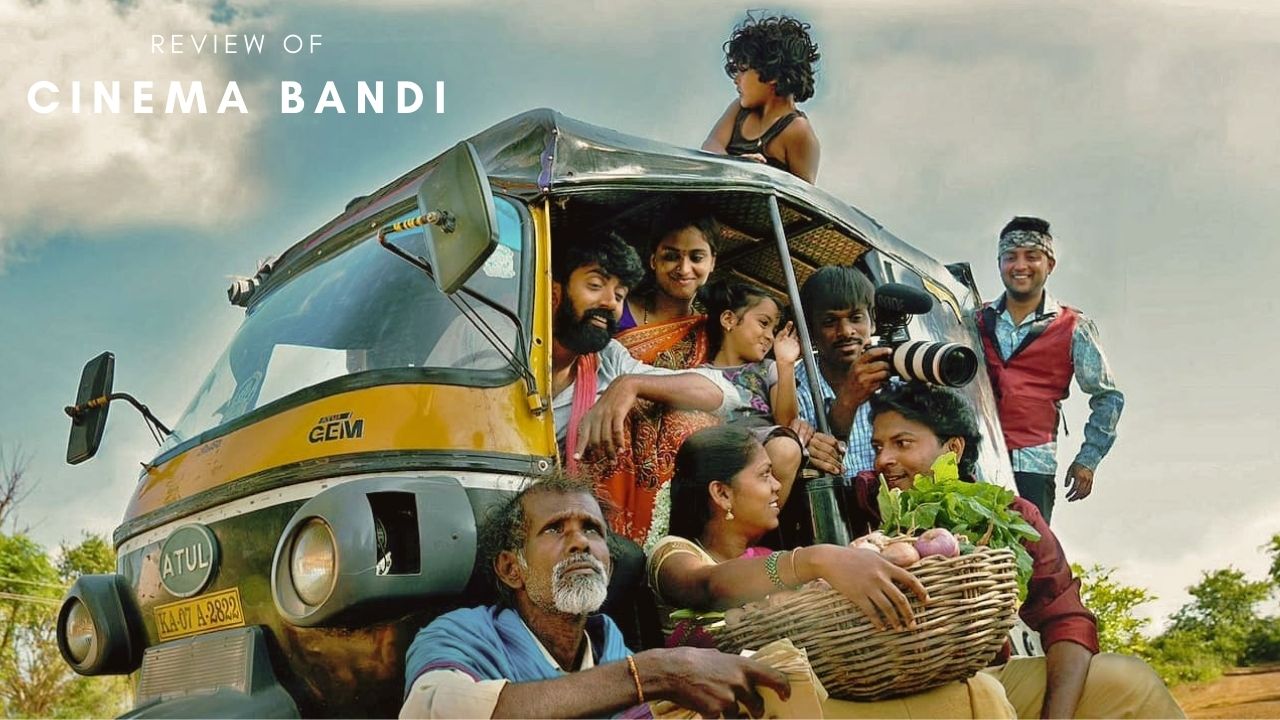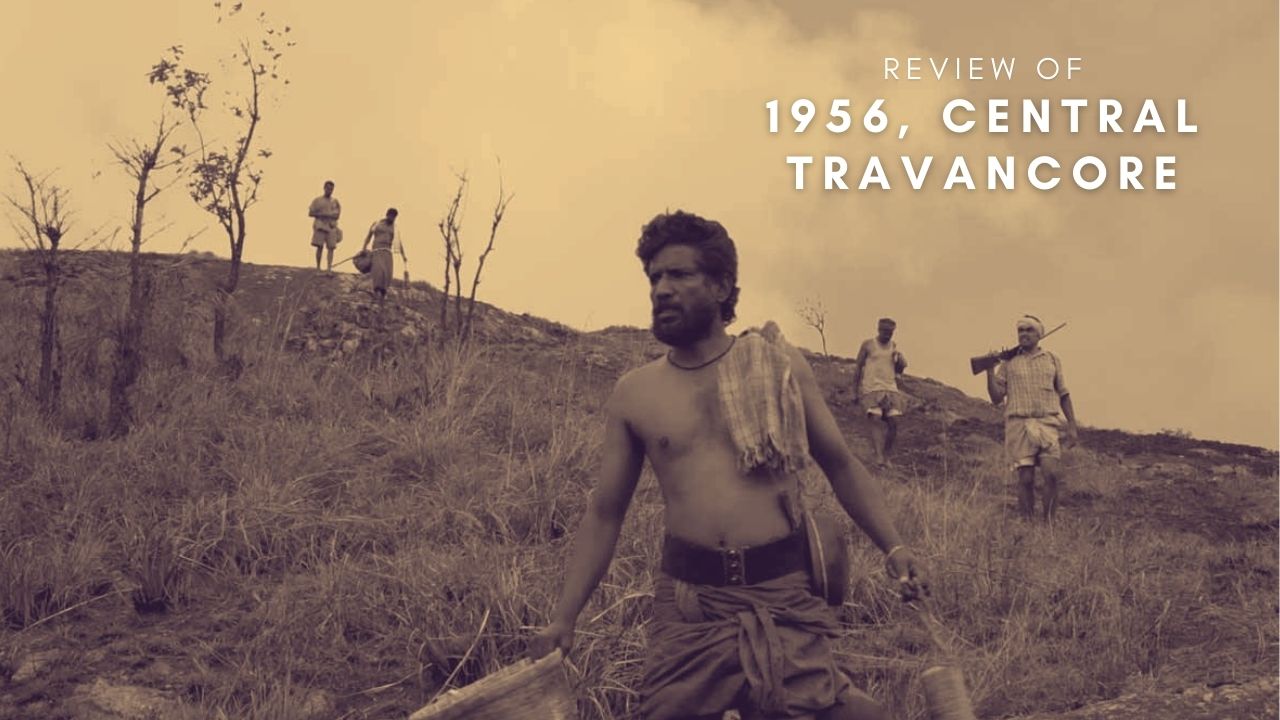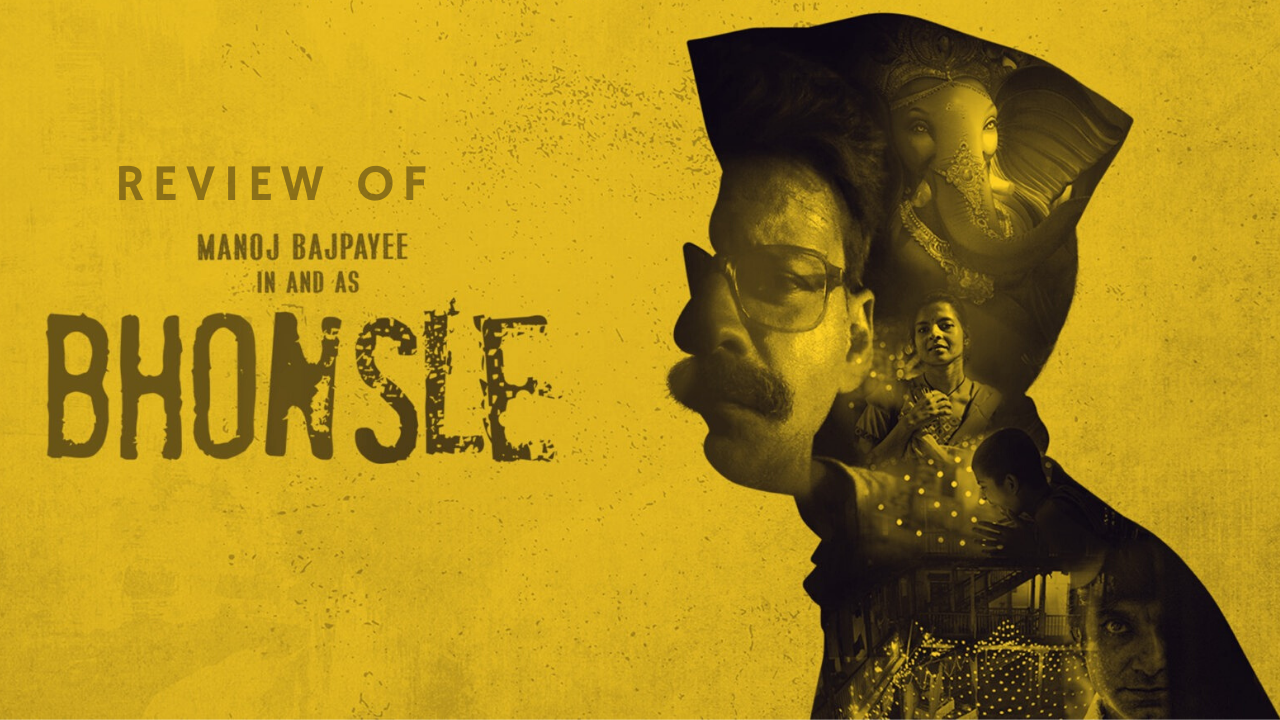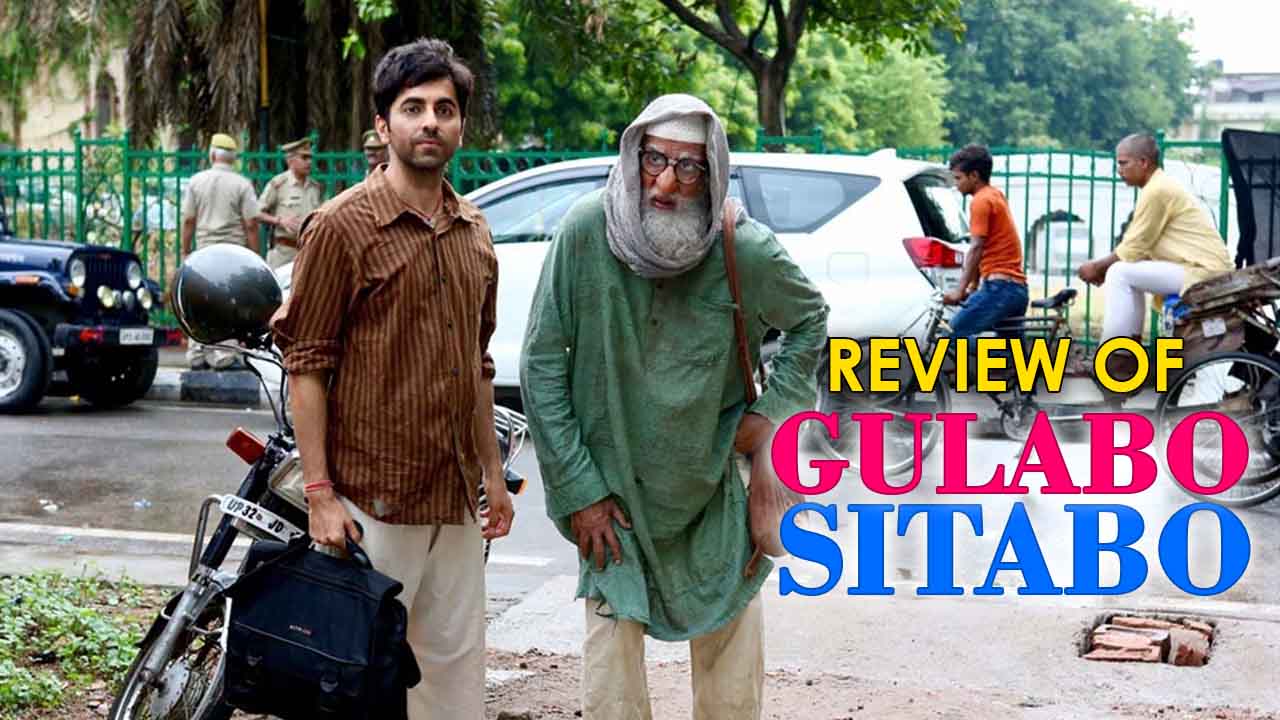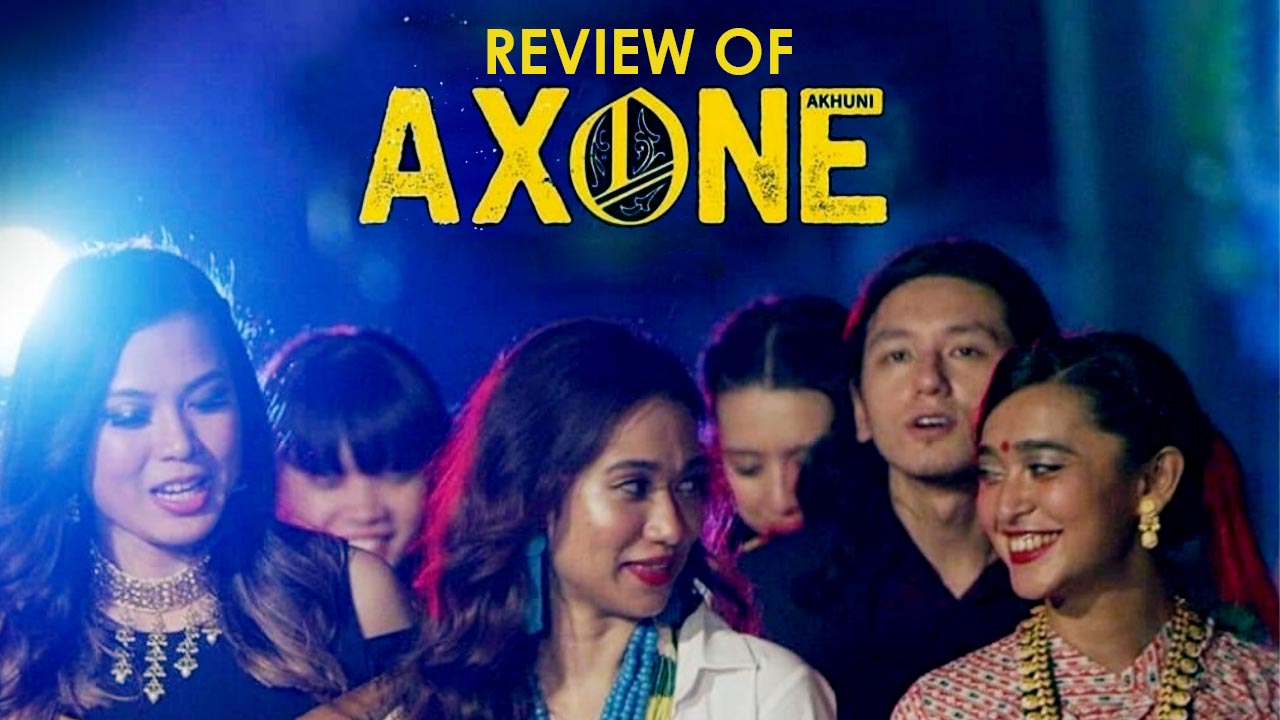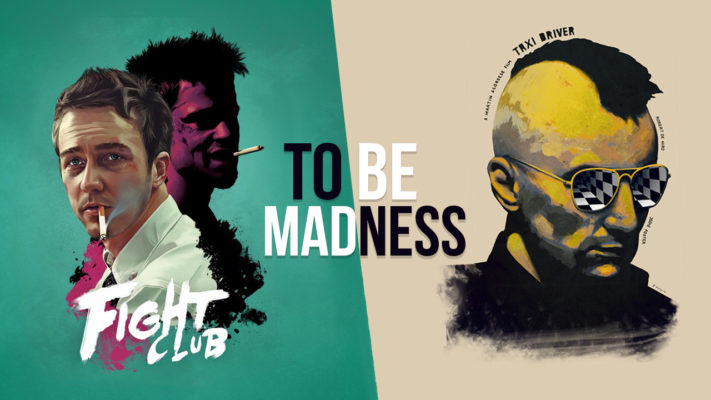
The Relevance Of Fight Club
“We’re the middle children of history, man. No purpose or place. We have no Great War. No Great Depression. Our Great War’s a spiritual war… our Great Depression is our lives. We’ve all been raised on television to believe that one day we’d all be millionaires, and movie gods, and rock stars.” These lines from Fight Club by Tyler Durden are pertinent in the present times after around two decades of its release, the lines are more relevant than ever. The dystopian reality which surrounds us like a fog came to the silver screen in 1999, a disrupting time in India, which was grappling with wars, hijack of Indian Airlines by ISI, communal violence in India. 1999 was the precise year when Hafez al-Assad was elected as the president of Syria, news channels were flooded with the news of Syria smuggling oil out of Iraq, and Greece was devastated by the countless number of deaths in Athens that rendered thousands homeless.
In this pandemonium, David Fincher offered the audience the quintessential depiction of modern dystopian capitalism, existentialism, and lack of spirituality with Fight Club, a film adaptation of the novel by the same name authored by Chuck Palahniuk. Produced by 20th Century Fox, the film portrayed grotesque consequences of a modern man’s initial desire for materialistic pleasure and eventual contempt turned malice towards consumerist society, a by-product of capitalism and money mongering. Fight Club is the story of an insomniac man seeking solace in a group meeting of cancer patients, weeping with his face buried deep into the bust of Bob, a character made fun of because of his female anatomy.
“Every form of addiction is bad, no matter whether the narcotic be alcohol, morphine or idealism”- C.G Jung
Remembering Fincher’s Heroic Venture. . .
Last night when I was watching the film for the umpteenth number of time, I recognized this narrator is a character trapped within the infinite loop of apathy, consumerist society, latent violence, dystopian nightmare, insomnia and the consequent inability to escape his claustrophobia, which helps him very little with his disorienting psyche. The narrator’s void is symbolic of disgruntled civilization’s discontent belonging to the 21st century. Fight Club cannot be restricted to a genre or purpose because what the film does is jolt our numb existence by showing us the nauseating side of our lives that we have construed for ourselves A life that has turned us into robots as we march towards fulfilling personal gratifications. In the process of story-telling Fight Club becomes a commentary on the distortion of the modern man, men as ideas waiting to be exploited and manipulated for the benefit of “the system”. The deepening of chasm ultimately results in the birth of Tyler Durden, who knows that we are “by-products of a lifestyle obsession”; we are animals driven neither by will or consciousness, but an undying hunger for useless commodities and social validation.
Apart from a brutal depiction of toxic masochism that would make the audiences flinch in terror and disgust inside a dark theatre, Fight Club mourns the death of individual aspirations and yearning. This constant deprivation and detachment from one’s self consequent in an intense loathing whose most violent physical depiction comes in the form of an underground den, with a reputation that of a cult. This den is nothing similar to where the narrator previously made himself comfortable at by weeping and watching the slow slipping away of life from its members. Rather this group, Project Mayhem, is an illustrious description of masculinity, high testosterone, sadomasochism, breathing life into each and every scene through a 35mm lens.
Unpretentious And Unapologetic
Fight club is far from being a chivalric tale of valiant men in their struggle of adorning life with anecdotes of meaning. The film is beautiful in its unpretentious reveal of the impending doom that would consume us all. Even while nearing almost two decades with the conception of Project Mayhem and the sole purpose of grinding societal hierarchies, the narrator’s desperate trials to overturn corporate rules and personal harmony, Fight Club still retains its relevance today. It has become everyman’s quest for meaning outside a day job, to establish a personal identity, to corrode the wrongs imposed by society.
The remarkable character of Marla Singer, played by Helena Bonham Carter, falls victim to the character’s split personality, brain junked due to the constant struggle between right and fallacious. So intricate was his plan of blowing up the pyramid of order that both of them get stuck in a mire of Tyler’s creation. Even two decades after the release of Fight Club, the ambiguity surrounding victory of rebellion against corruption, dynamics of victim and victimizer, their vicious cycle symbolizing perpetration of repulsion amongst the masses is apropos. We are living in a dystopia where the order is bound to crumble like a cookie, only to come into formation again.
Talking About Cinema And Society
At this juncture, it would be appropriate to mention the masterpiece of American mainstream culture, Taxi Driver (1976) starring Robert De Niro, as the lone wanderer. Coincidentally this wanderer, Travis, is also a man dilapidated by an angst-ridden conscience, a victim falling prey to a lifestyle pattern and political turmoil that do very little to provide him with a sense of purpose. Both the movies share an intricate relationship between them in their portrayal of a single man’s quest for meaning. Both the films portray the anti-hero, the existential man vested with different ideologies. Gluing both of them together like into a coherent whole is their inherent struggle in living a healthy life by losing any sense of coherence; holding onto a lover as a refuge from permanent void. The films offer no false consolation or happy ending of the heroes who lived enchanted lives by harbouring false illusions.
Where in Fight Club, the protagonist seeks refuge in Marla, his Holy Grail, the taxi driver finds his by saving Iris from serving people’s carnal pleasure. Both the heroes’ crisis and stark sensibility to the ever-expanding indifference of the void surrounding them make the films a beautiful paradox, an accurate compilation, and portrayal of ethical dilemma, and moral decadence in the face of survival.
Michael Chapman’s cinematography in Taxi Driver captures the city with all its sordidness, making it punctuate with that of the main character’s apathetic, to the lives of its pedestrians. The play of bright colours on the panes of the taxi swirling through New York, with the background score by Hermann depicts yet another odyssey of the protagonist into the ugly barren land of the cityscape. Both the films are dark in their portrayal of the conception of ideas; and its growth inside the brain, like a tumour. An idea that would later influence mass carnage in the city, an idea which will push a taxi driver to fall rock bottom to give his life a meaning. Guns and ammunition in the films give physical shape to the demons lurking inside the men, trapped inconsolably in a device tuned with power and authority in a loop.
In Conclusion

Reminiscing about these two films can perhaps be equated with growing an anticipation for some approaching apocalypse which will pulverize us. The poignant portrayal of a society hollow and brazen, as shown in these two films, where no hope or heroism would be sufficient to fill the chasm has prompted movie lovers to go back to these films, time and again. The majestic sorrow and brutal emptiness were at once both disquieting and jolting to the audience back when the films released, even today. The compelling hollowness and crisis are agents which can drive a man to the extreme ‘like the ghost from an enchanter fleeing. . .” (Ode to the West Wind)
